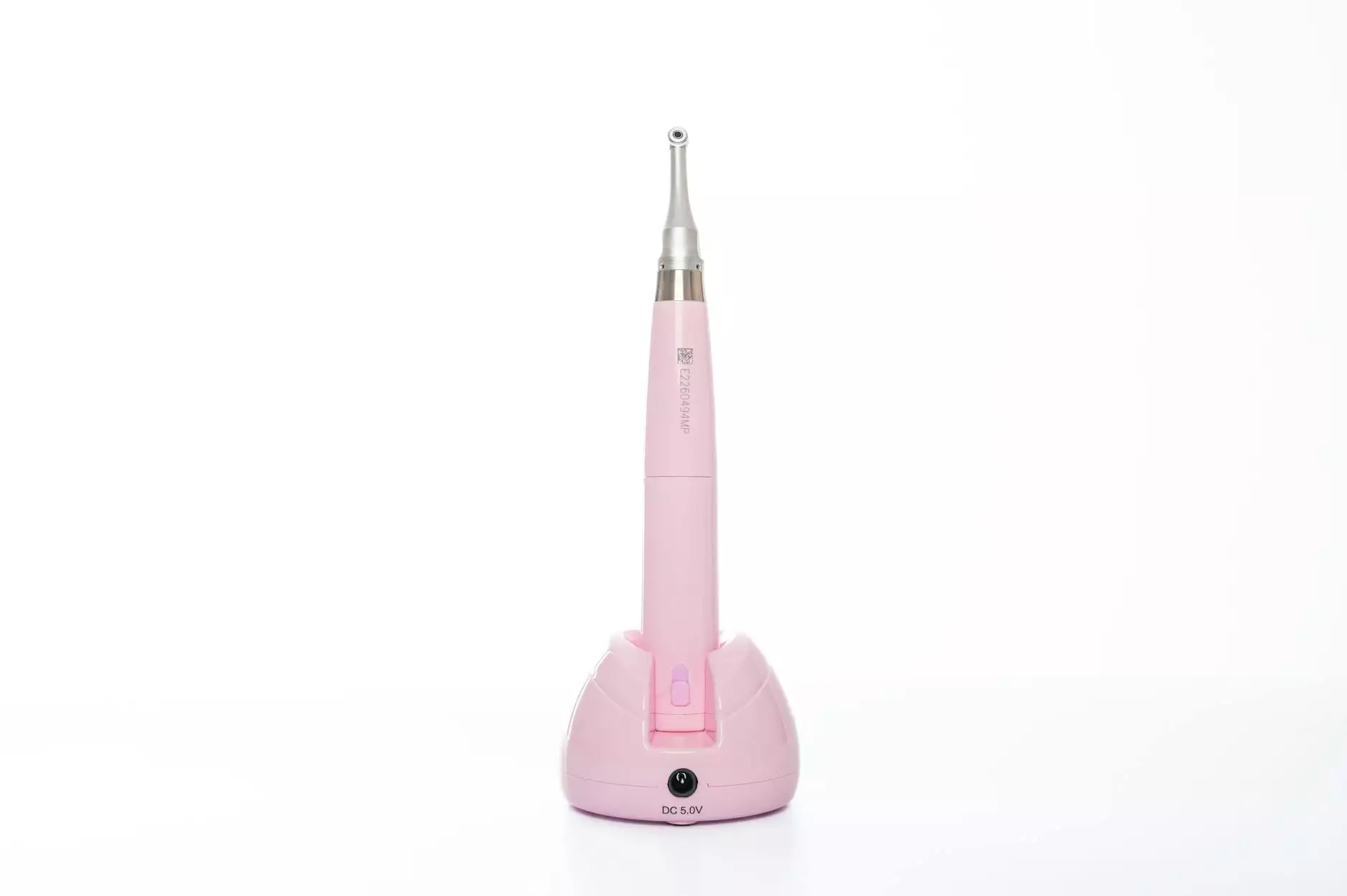Effective Weevil Control in Stored Grain: Strategies and Solutions

The preservation of crops during storage is a critical aspect of farming. Among the various challenges that farmers face, weevil infestations in stored grain represent a significant concern. Weevils not only compromise the quality and quantity of grain stored but can also impact overall profitability. In this article, we’ll delve into effective strategies for weevil control in stored grain, providing farmers with actionable insights for maintaining the integrity of their harvests.
Understanding Weevils and Their Impact on Stored Grain
Weevils are small beetles belonging to the family Curculionidae, and they are notorious for infesting a variety of stored grains. The most common types of weevils affecting stored grain include:
- Rice Weevil (*Sitophilus oryzae*)
- Granary Weevil (*Sitophilus granarius*)
- Corn Weevil (*Sitophilus zeamais*)
These pests can cause extensive damage by feeding on grains, leading to reduced weight and quality. Their larvae can also burrow through the grain kernels, causing even greater destruction. Understanding their life cycle is essential for effective control measures.
The Life Cycle of Weevils
To effectively manage weevil infestations, farmers must understand the life cycle of these pests. Weevils typically undergo four developmental stages:
- Egg Stage: Female weevils lay eggs inside grains or kernels.
- Larval Stage: Once hatched, larvae burrow into grains, feeding on them.
- Pupal Stage: After reaching maturity, larvae form pupae within the grain.
- Adult Stage: Adult weevils emerge to reproduce and continue the cycle.
Understanding this cycle helps farmers identify the best times for intervention, particularly during the early egg and larval stages.
Preventive Measures for Weevil Control
The first line of defense in weevil control is effectively preventing infestations. Here are some preventive measures that can significantly reduce the risk of weevil problems in stored grain:
1. Proper Grain Storage Conditions
Maintaining the right storage conditions is vital. The following factors are critical:
- Humidity Control: Keep humidity levels below 14% to create an unfavorable environment for weevils.
- Temperature Management: Store grain in cool, dry conditions to prevent weevil development.
- Regular Inspections: Conduct frequent inspections of stored grain to catch any early signs of infestations.
2. Cleanliness and Maintenance
Ensuring that storage facilities are clean and free from debris is essential. Regularly clean the following:
- Silos
- Bins
- Handling equipment
Spilled grain and residues can attract weevils, so prompt cleanup is necessary. Additionally, consider using traps to monitor for weevil activity.
Effective Control Strategies for Infestation
Despite all preventive measures, weevils can still find their way into stored grain. Here are targeted strategies for effective weevil control in stored grain:
1. Chemical Treatments
Utilizing insecticides specifically formulated for grain protection can be an effective approach. It’s important to adhere strictly to application guidelines to ensure safety and effectiveness. Common chemical control options include:
- Fogging Insecticides: These can penetrate deep into grain stores.
- Grain Protectants: Applying these protectants directly to the grain can help prevent infestations.
2. Biological Control Methods
Biological control involves using natural predators or parasitic organisms to keep weevil populations in check. Some strategies include:
- Introducing beneficial insects that prey on weevils.
- Using microbial agents that specifically target weevil larvae.
3. Temperature Treatment
Heating or cooling grain can affect weevil survival. For instance, maintaining temperature above 130°F for several hours can kill weevils and their larvae. Similarly, exposing grain to freezing temperatures can also be effective in controlling infestations.
Monitoring and Evaluation
Continuous monitoring is crucial for effective weevil control. Farmers should employ a combination of visual inspections and monitoring tools, such as:
- Pheromone Traps: These traps can help detect adult weevils in storage areas.
- Probe Sampling: Regular sampling of grain can help determine moisture levels and the presence of pests.
By using these tools, farmers can gather data that will inform their pest control strategies over time.
Education and Community Resources
Engaging with local agricultural extension services and utilizing community resources can provide farmers with the latest information on weevil control strategies and technologies. Programs offered by agricultural universities often include:
1. Workshops and Training
Participating in workshops can enhance knowledge about pest management and the specific needs of stored grains.
2. Research Publications
Access to research studies and publications can inform farmers about new findings in pest control and grain storage practices.
Conclusion
Effective weevil control in stored grain is crucial for maintaining the quality and profitability of agricultural produce. By adopting a combination of preventive measures, targeted control strategies, and continuous monitoring, farmers can safeguard their grain stores against these destructive pests. Remember, the health of your stored grain significantly impacts your business's success, so prioritize weevil management as an integral part of your grain storage practices.
For further information and expertise, explore more about our services on TSGC Inc. and learn how we can assist you with farm equipment repair and effective farming equipment solutions.









